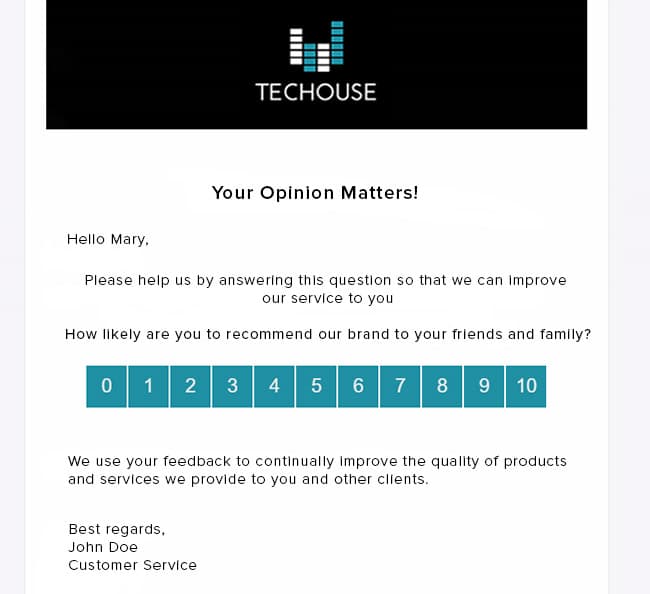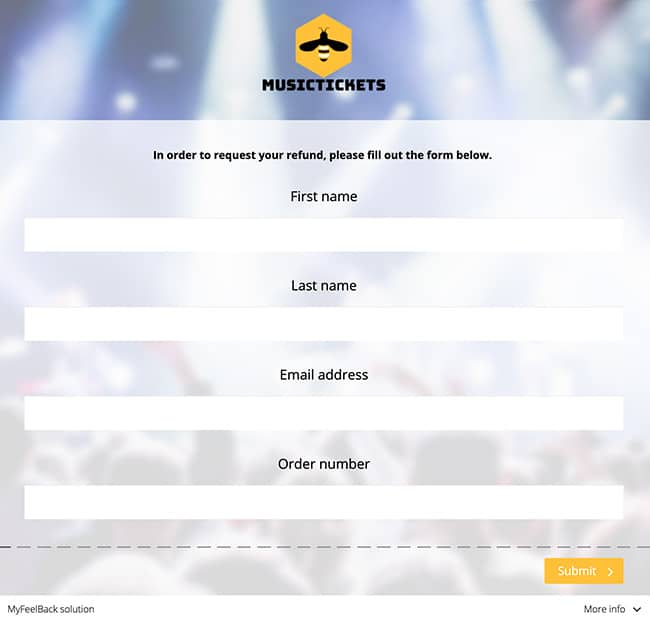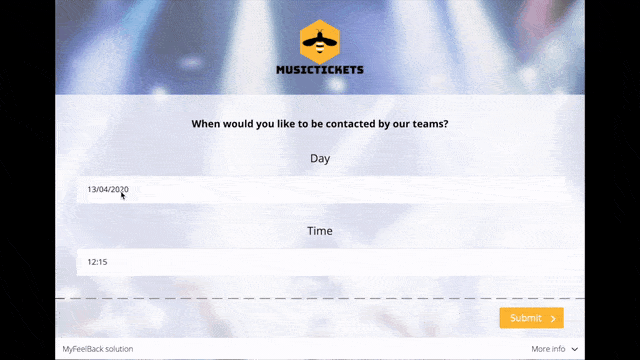The current Coronavirus pandemic has had a severe impact on businesses. No one has been spared. Many companies have been forced to slow down or even stop their activity. Whereas others have found themselves faced with a surge of activity that they were not prepared for. In both cases, businesses’ customer relationship management has been...
The current Coronavirus pandemic has had a severe impact on businesses. No one has been spared. Many companies have been forced to slow down or even stop their activity. Whereas others have found themselves faced with a surge of activity that they were not prepared for.
In both cases, businesses’ customer relationship management has been disrupted. This is particularly true of customer service departments, who are overwhelmed by customer requests.
Maintaining a quality customer relationship in these times is a real challenge. In practical terms, how can this be achieved? This article aims to answer this extremely topical question.
We will present you with practical advice to help you overcome this unprecedented situation, reduce the pressure on your teams, prevent customer dissatisfaction, and get back to business once this crisis is over.
Listening to customers and employees is more important than ever in times of crisis.
Listening to both your customers and employees – these two principles have never been more important than during the current Covid-19 pandemic crisis. Read on to find out why.
Maintaining quality of service through the Voice of the Customer
Maintaining quality of service during a crisis is difficult. As mentioned above, customer services tend to become overwhelmed by enquiries from concerned customers, and the number of incoming calls to be processed skyrockets.
More than ever, businesses need to monitor the quality of their customer service, in order to take any necessary measures to prevent customer dissatisfaction.
Discover How to manage dissatisfied customers
To ease the pressure on your teams, you can automate the collection of customer feedback through satisfaction surveys following any interactions with your customer service teams. You can download questions to ask following customer contact with your call centre here. Analysing the results will help you identify problems and areas for rapid improvement (quick wins).
Asking your customers if they are satisfied is part of a positive “Care” approach. It shows your customers that you care about them. All the more reason to systematically deploy satisfaction surveys.

During a crisis, the customer relationship should be, more than ever, a human one. When communicating with customers, empathy and reassurance should be omnipresent; all your messages should be written with these feelings in mind. Your customers will return the sentiment and be more inclined to accept the inevitable friction in their journey or experience caused by this crisis. During such exceptional times, friction and irritants do not necessarily result in customer dissatisfaction, providing that you show you are doing everything you can (best endeavours obligation).
Ensuring that your customers understand the exceptional measures taken by your company
Exceptional situations call for exceptional measures. The Covid-19 pandemic crisis has led to businesses taking exceptional measures; revised delivery terms, closure of physical points of sale, longer processing times or not, setting up of an emergency telephone line, etc.
You have most probably informed your customers of these exceptional measures via your main touchpoints. But are you sure that your customers have fully understood the measures?

To make sure that your measures have been properly understood, why not ask your customers directly by creating an ad hoc survey? This could be particularly useful if the measures taken by your company have a major impact on your customer relationship or the continuity of your business. To maintain a quality of service and help limit the number of customer enquiries, it is essential that measures are correctly understood.
Listening to your employees
Company employees are under great strain. It is important to listen, find out how they are feeling and analyse their feedback. The quality of the customer relationship is closely linked to the quality of the relationship between a company and its employees and the working conditions. This is the well-known concept of symmetry of attention.
Discover How Employee Satisfaction Drives Customer Satisfaction
Collecting feedback from field staff – through employee surveys deployed internally, for example – will help you make the right decisions in terms of organisation, to adjust your ways of working to maximise operational efficiency, and better spread the workload among teams.
3 practical examples of using surveys to optimise customer relationship management in the age of Coronavirus
How surveys can help you improve your customer relationship:
- Increase customer relationship management efficiency.
- Relieve the pressure on your customer service teams by reducing incoming enquiries.
- Automate the handling of frequent requests.
- Prevent customer dissatisfaction.
- Quickly adjust your services and response to the crisis as it evolves on a daily basis.
- Immediately identify any problems and areas for rapid improvement.
To illustrate this, you will find 3 examples of survey use below.
Use case n°1 – Refund forms
Companies have been forced to slow down their activity, or even stop it entirely, leading to an increase in the number of requests to cancel / postpone orders or bookings, and to get a refund.
To relieve the workload for customer service teams handling these requests, and to maintain quality, most companies implement a form. Forms make it possible to automate some of the processing and better manage the flow of calls.

This form can be sent to customers who bought tickets to a cancelled event, for example. Deploying this survey facilitates the management of refunds.
Use case n°2 – “appointment booking” surveys to organise the flow of contacts
“Appointment booking” surveys can be used to:
- Qualify contact requests before they are processed by your customer service teams.
- Maximise call flow management.
You can choose which touchpoints to deploy this survey on. For example, on your website. As for the design, we recommend you:
- Begin by inviting your customers to select a date. You can use your appointment scheduling tool.
- Once they have chosen a date or a time slot, redirect your customers to a survey to:
- Collect any necessary personal information.
- Ask questions to qualify the request before the appointment.
Use case n°3 – Surveys to reduce simple customer service requests
We strongly recommend implementing this use case. It will help ease the pressure on your customer service teams. The survey can be deployed on your website – via live chat or in the form of a pop-in, for example.
How to reduce simple customer service requests:
- Ask your customers if they need help.
- For those who answer “Yes”, ask them about the nature of their request.
- Depending on the customer’s answer:
- Redirect simple requests to Selfcare tools so that customers can find the answer to standard questions by themselves. For example, if a customer replies “I was not delivered on time, is this normal?”, you can send them to your Crisis FAQ, where you answer this question. Of course, this implies creating the Selfcare resources beforehand (you need to identify the standard questions & answers first).
- If customers have a different request from those in your answer choices, ask them to leave their telephone number or email address to get back in touch. Suggestion: ask employees working remotely, with a lighter workload during this period, to handle these contact requests.
- You can also explain your own situation to customers in the survey. We encourage you to be transparent. Your customers will understand. They are aware that the current times are unprecedented and difficult. You can explain that your customer service teams are overwhelmed and invite your customers to look at your online resources before making a contact request.

We are perfectly aware of the impact this crisis is having on business life and customer relationship management. We sincerely hope that this advice will be useful to relieve the pressure on your customer service teams and maintain a quality of service that will allow you to bounce back more easily once the crisis is over.












